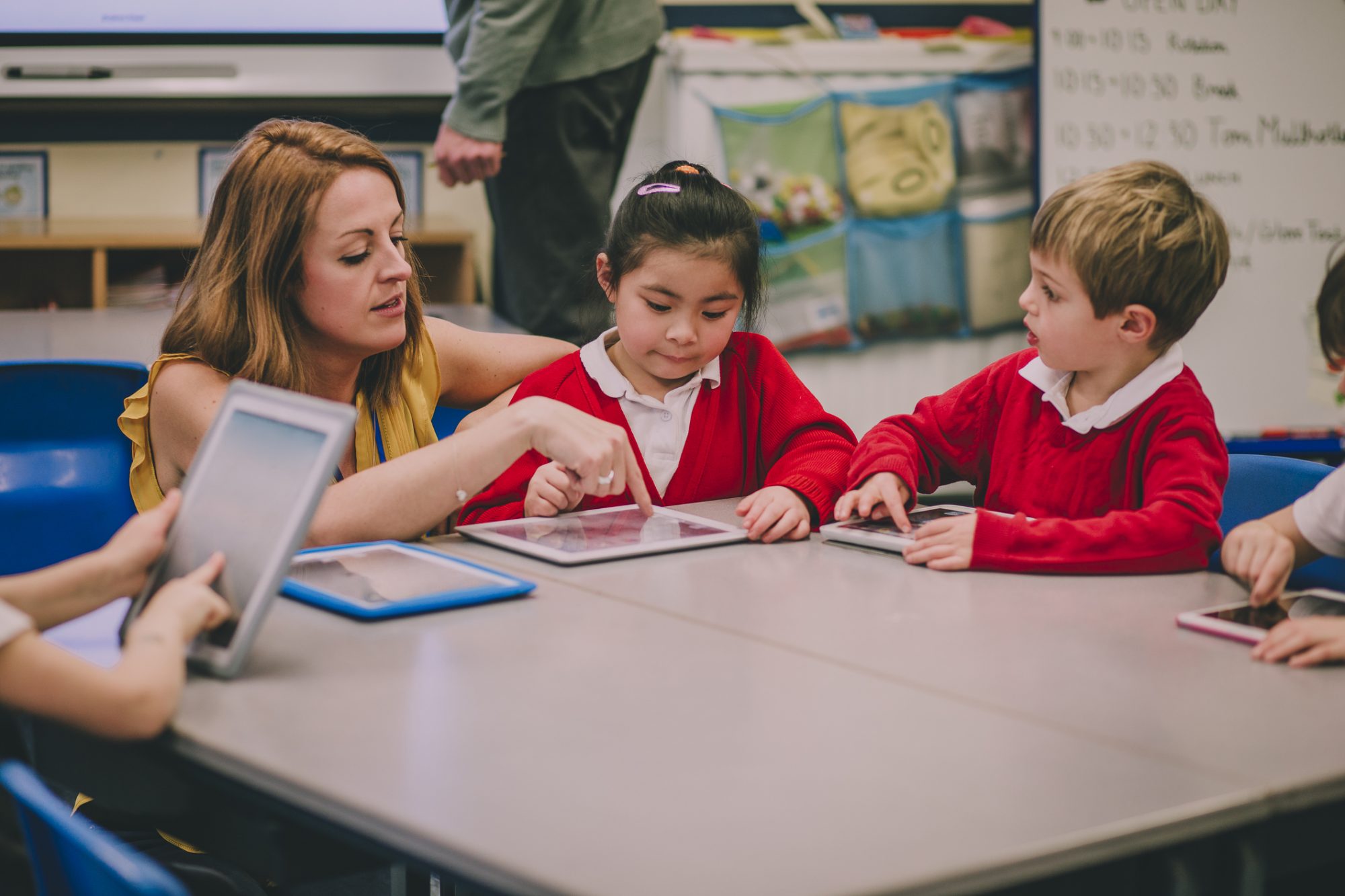Pedagogy knowledgeable David Thornburg as soon as stated, “If we preserve doing what we’re doing, we’ll preserve getting what we acquired”. If we preserve educating the way in which we’re educating and by no means rethink conventional classroom designs or reinvent our educating strategy, how will we equip young learners for a rapidly evolving future and a world we are able to’t predict?
This imaginative and prescient is backed up by a current HMC report that discovered present education methods have been “Failing to develop the breadth of expertise and competencies younger folks have to thrive within the Twenty first century.” The report additionally talked about, “The challenges colleges face and the framework inside which they function are very completely different from when GCSEs and A-levels have been first designed.”
“It’s not simply concerning the grades however the broader expertise of studying and collaborating. We’re searching for drawback solvers with curiosity”
PWC’s 2021 analysis paper with UK employers unearthed that while A-levels are important of their recruitment course of, lack of preparation for the world of labor is extra important.
Abilities akin to time administration and communication rank among the many greatest recruitment challenges, and 11% of them say young people’s digital and tech skills are not up to scratch.
Laura Hinton, PwC UK’s Chief Folks Officer, stated, “It’s not simply concerning the grades however the broader expertise of studying and collaborating. We’re searching for drawback solvers with curiosity.” So how does this all begin with the first college classroom?
Utilising social media platforms to innovate educating
We all know that lecture-based lecture rooms stifle the eye span of kids. Youngsters have to be given duties that have interaction them and honour their distinctive method of studying, reasonably than simply placing this all the way down to an inherent poor consideration span, which is the important factor.
Colleges worldwide are innovating their educating approaches in schooling and galvanizing kids to be taught, utilising emerging technologies such as education platforms, together with TikTok, YouTube, Metaverse, Internet 3 and Blockchain, to remodel a standard classroom into inventive digital areas. EduTok has lengthy been a trending hashtag on the main social media platform TikTok, but only a few accredited establishments produce these viral instructional movies.

Researching digital studying areas as a educating strategy led me to Thornburg’s Studying Areas. Again in 1999, he stated: “The Twenty first-century classroom will likely be wherever the learner has positioned a room at a college, on the bus journey residence, within the park, at a museum, or on the playground.
Conventional instruments (e.g., books, pens, and paper) will co-exist with the high-tech instruments of the telematic period that’s nonetheless in its infancy. The instructor’s position will likely be that of co-learner, an knowledgeable information who helps college students navigate the explored topics however is open to new discoveries and pathways alongside the journey.”
Reimagining studying areas
Thornburg outlines his 4 studying fashions: the standard “campfire,” or lecture-based design; the “watering gap,” or social studying; the “cave,” a spot to quietly replicate; and “life”—the place concepts are examined with a project-based strategy to studying incorporating know-how into schooling to show college students find out how to suppose creatively.
We should construct a brand new studying setting
Utilizing this with Thornburg’s studying mannequin, Eric Mazur, a Physics Professor at Harvard College, describes stumbling throughout an strategy he developed referred to as peer instruction. Struggling to elucidate one thing to his college students, he stated, “Why don’t you talk about it with one another”. And one thing occurred that I had by no means seen earlier than. The entire classroom erupted, and in simply two minutes, that they had found out what the right reply was.”
Constructing for tomorrow
Educators and colleges are creating new and thrilling methods to show and encourage college students from an early age by utilising technological instruments and functions. Nonetheless, to equip learners with the mandatory expertise and data to reach a quickly evolving future and a world we can not predict, we should do greater than think about what might be; we should construct a brand new studying setting.